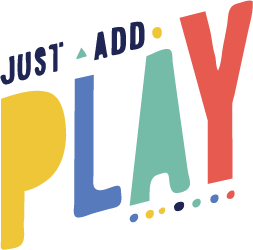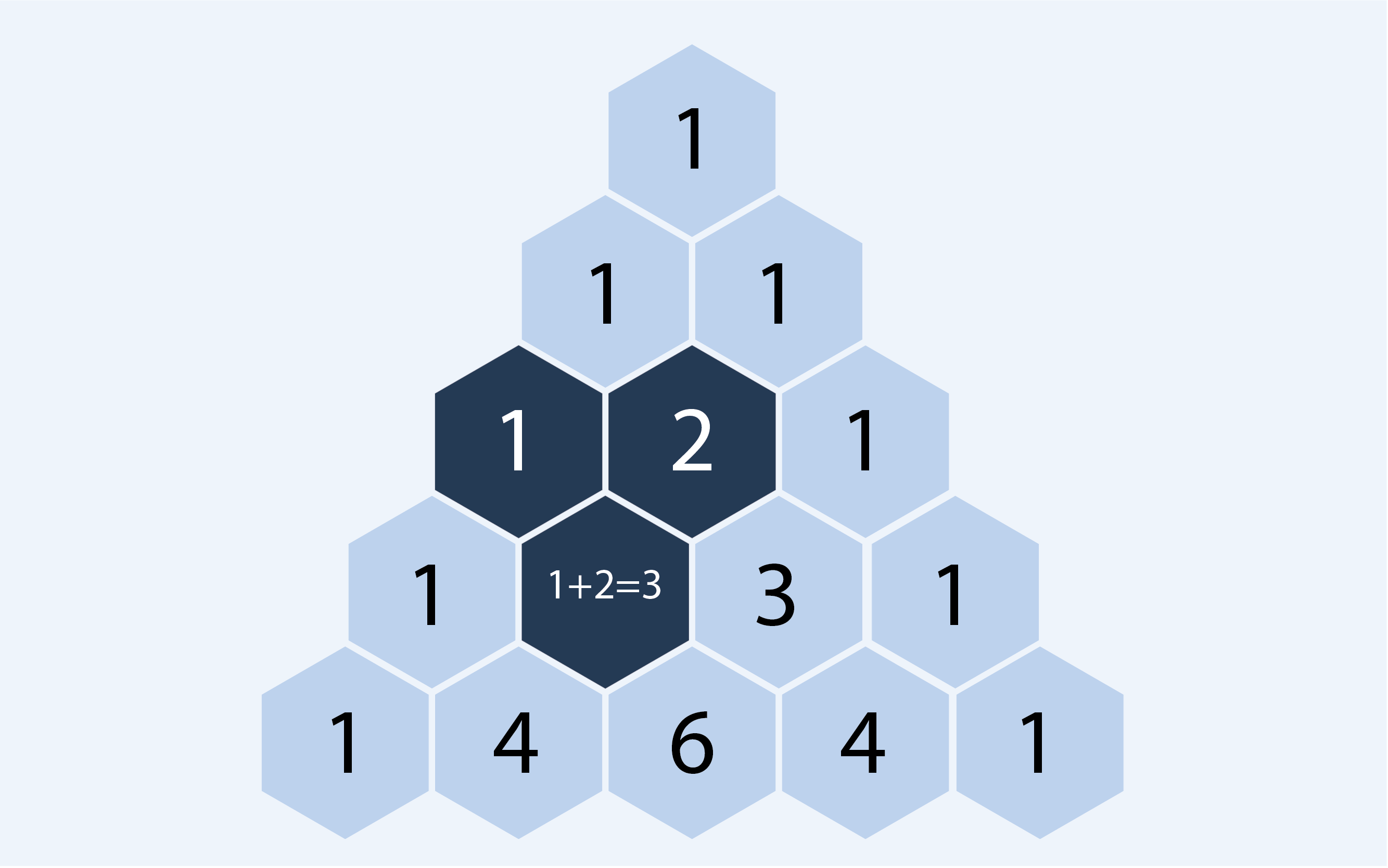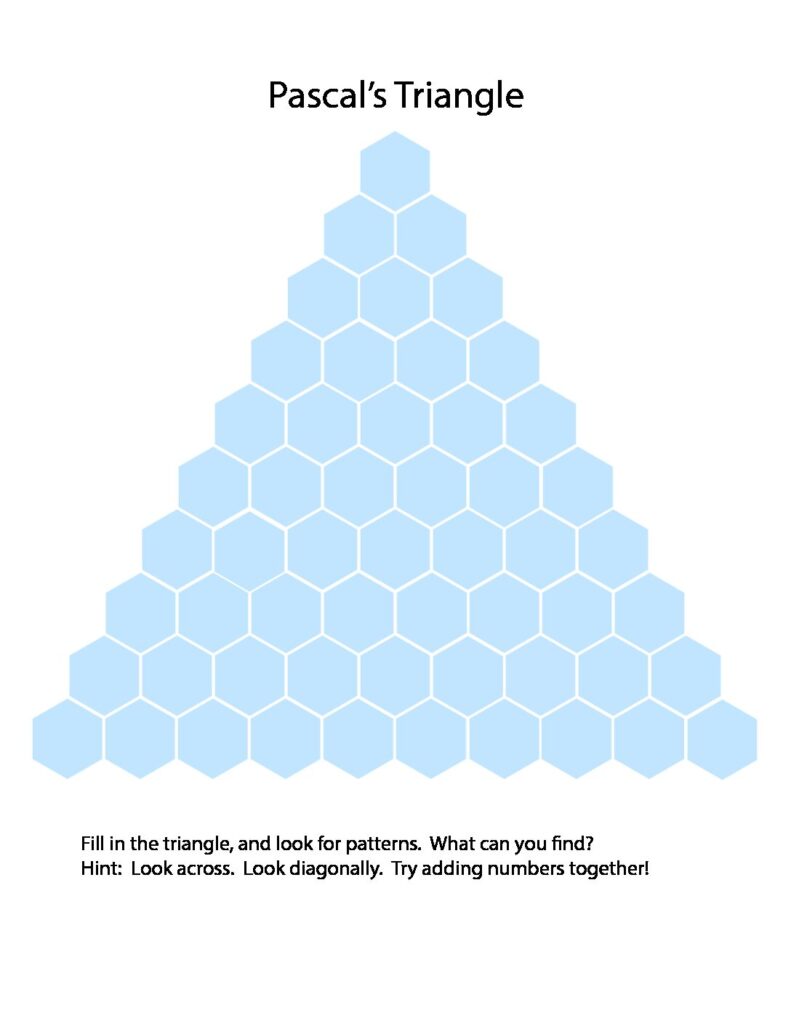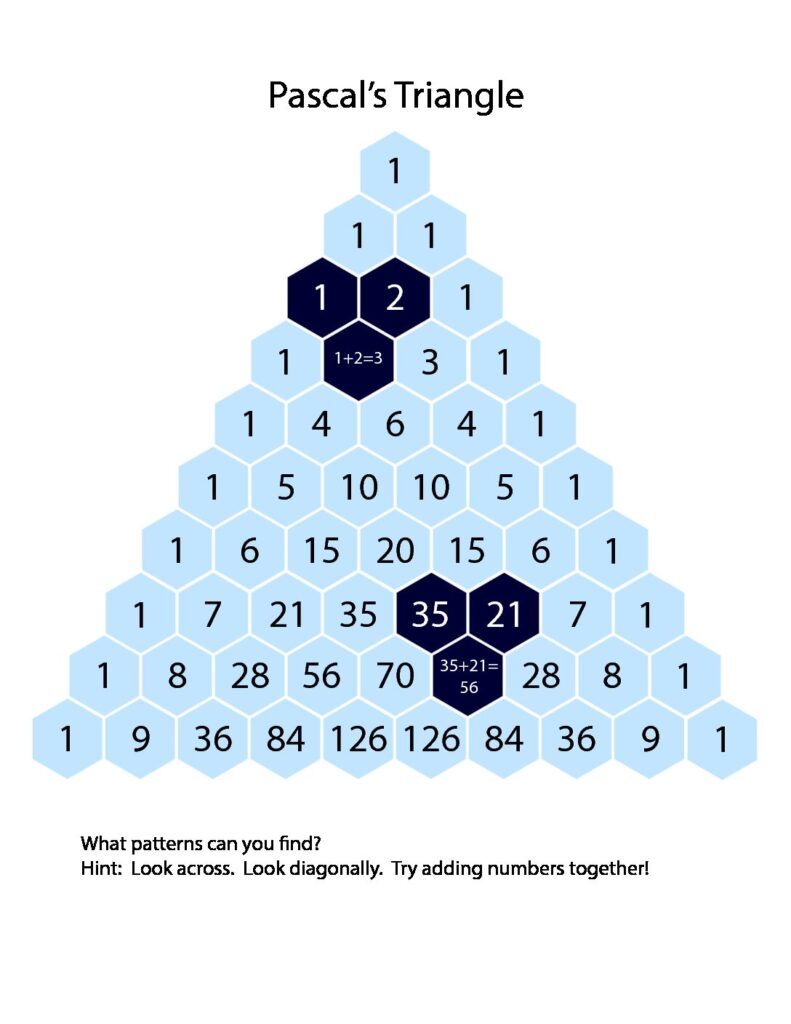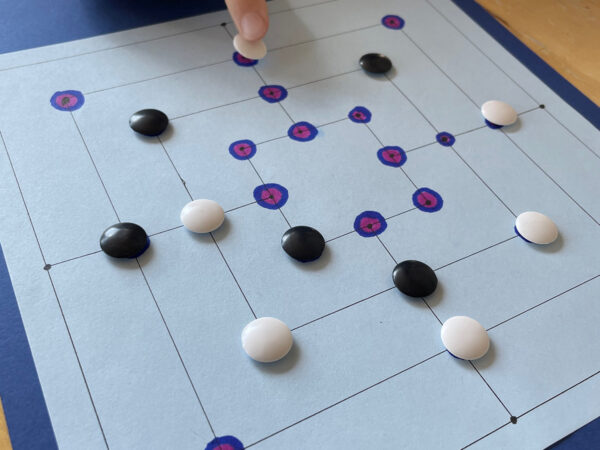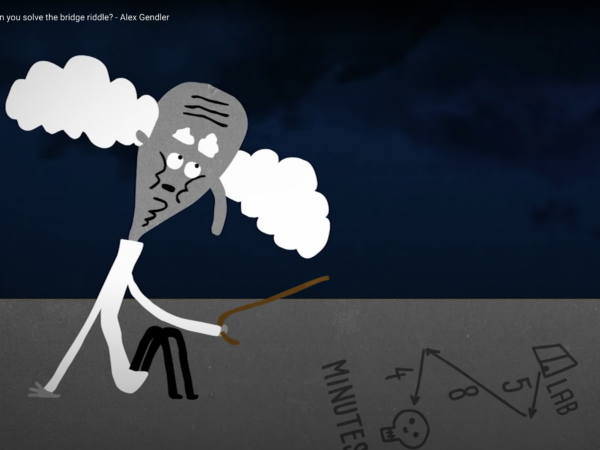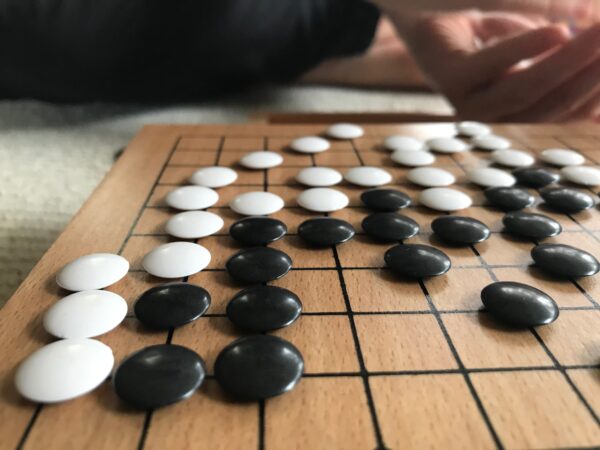Pascal’s Triangle is a treasure hunt for sequences and patterns.
Our study of Pascal’s Triangle was inspired by my son’s Folding the Circle class. A father in our co-op hosted this class (it made a great zoom homeschooling activity), and the kids really dug into some amazing geometric art.
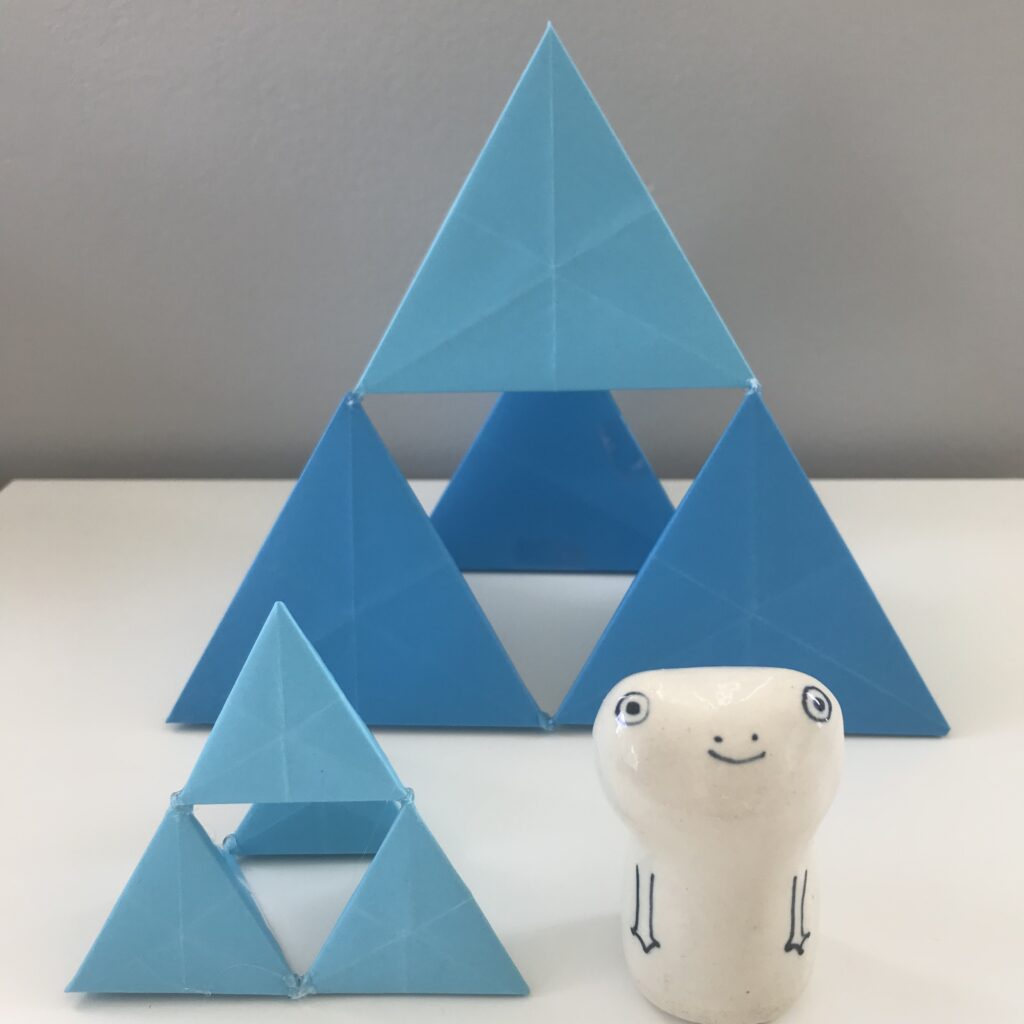
During this class my son folded and built giant tetrahedrons out of smaller tetrahedrons, and we searched for a pattern. How many smaller tetrahedrons are added as the giant shape grows a level? How many total, are there? It turns out these patterns — the triangle numbers and the tetrahedral numbers — can be found in Pascal’s Triangle.
So we dropped everything for a couple days to investigate Pascal’s triangle.
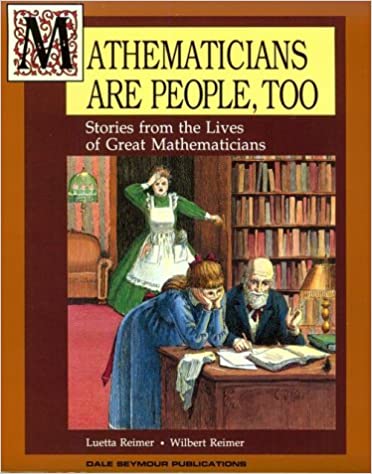
As a jumping off point, we used the short-story biography of Pascal, from Mathematicians Are People, Too. The biographies in this book are only a few pages each, and my son really enjoys them. (It’s also great as inspiration for finding special math topics.)
After reading, my son filled in the numbers of Pascal’s Triangle, and searched for patterns.

He discovered the symmetry of the triangle, the counting numbers, the triangle numbers, the tetrahedral numbers, and the doubling of sums when you go down rows. As he learns more math concepts, we’ll be sure to revisit this.
It turns out, Pascal’s Triangle also includes probability values. But when I got out a penny to do some coin tosses, my son shouted “Noooooo! Not THAT kind of math” and ran away. Apparently he’s developed an aversion to statistics… Oh well! Maybe another day.
We also practiced some binomial notation, where he found values based on their position in the triangle. Older kids could learn the binomial theorem and use this to predict tetrahedron and triangle numbers.
For a nice overview of the math concepts in Pascal’s Triangle and a definition of the binomial theorem, check out Math Is Fun.
Below are worksheet downloads for filling out Pascal’s triangle if you want to try this activity with your kids:
